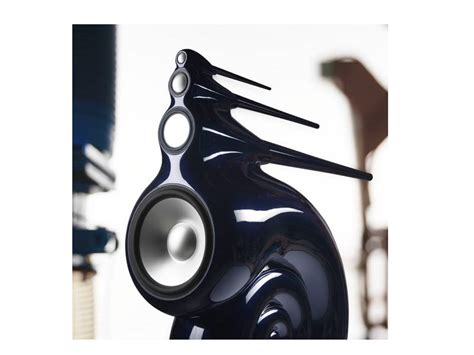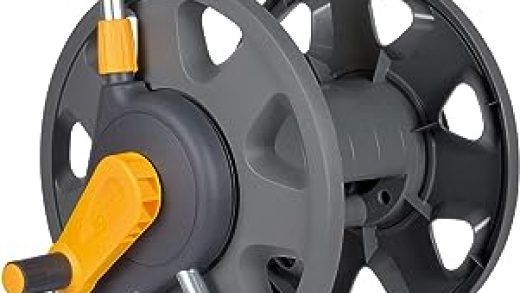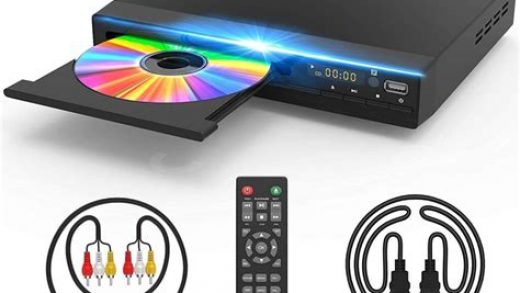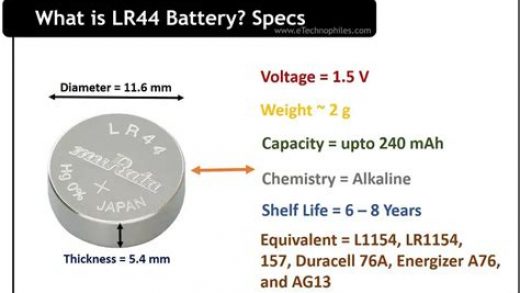The quest for the ultimate loudspeaker revolves around achieving such accurate sound reproduction that the speaker itself becomes transparent. This pursuit is evident in the Adam Audio AV series monitors, known for their exceptional transient response, largely attributed to the innovative X-ART tweeter. Unlike traditional speakers that might add their own ‘color’ to the sound, studio monitors like these are designed to deliver a flat, uncolored sound, faithfully reproducing the audio as intended by the artist.
The Yamaha HS8, a two-way bass-reflex monitor, is another notable mention in this category, completing Yamaha’s range of high-quality speakers. In a similar vein, Monitor Audio’s Bronze range has long been a favorite among budget-conscious critics and audiophiles for its high fidelity and affordability. Monitor Audio Bronze (ad)
For those overwhelmed by the complexity of traditional hi-fi systems, active speakers, which have built-in amplification, offer a more streamlined solution. Monitor Audio’s Concept 50 speaker, with its groundbreaking MPD III transducer, exemplifies such innovation, improving every aspect of sound reproduction, including mid and bass drivers.
Understanding the differences between PA, monitor, and shelf/bookshelf speakers is crucial for making an informed choice. Each type serves a distinct purpose, with variations in power source (active or passive) and design, influencing their suitability for various environments and applications. For instance, Monitor Audio’s compact Monitor 50s are designed for bookshelf placement, yet deliver powerful performance, showcasing the brand’s expertise in maximizing sound quality in limited spaces.
When it comes to experiencing music, the medium matters. The difference between listening through monitor speakers and headphones is significant, as each offers a unique auditory experience. The human ear perceives sound differently in these contexts, making the choice between speakers and headphones more than just a matter of preference.
Finally, the importance of a subwoofer in a sound system cannot be overstated. It specifically handles the low-frequency range, usually between 20Hz and 250Hz, adding depth and richness to the overall listening experience. Whether for a professional project or a personal music system, the right choice of speakers can significantly enhance the auditory experience.












